Lake Cathie: Swimming still not advised as stakeholder meeting leaves group searching for answers
There appears to be no quick fix to the escalating acid sulphate problem choking Lake Cathie and its marine wildlife, with any short-term solutions likely to do more damage than good – a meeting has heard.
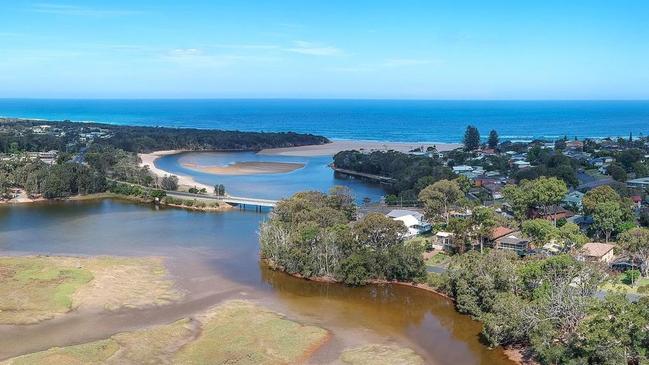
Mid-North Coast
Don't miss out on the headlines from Mid-North Coast. Followed categories will be added to My News.
There is no viable short-term solution to address the ongoing acid sulphate sediment choking Lake Cathie’s marine life and leaving swimmers without a safe place to cool off this summer, a meeting has heard.
On Friday, Revive Lake Cathie called various community and government stakeholders to the table to discuss the current acid sulphate, sediment and turbidity issue running rampant within the Lake Cathie estuary system.
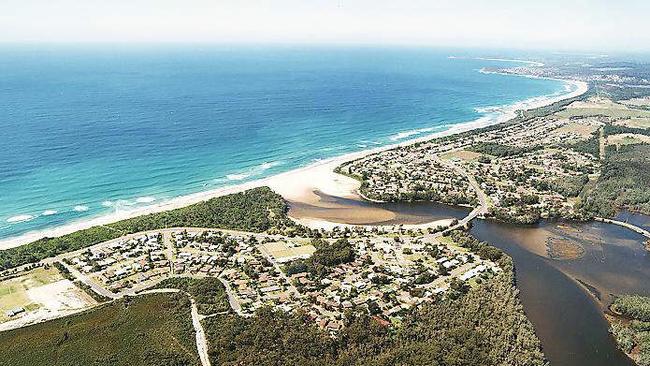
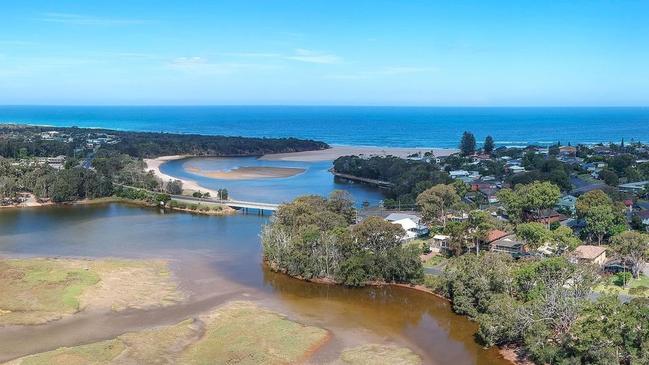
The meeting was an opportunity to come together to allow representatives with an interest in the lake to drum up ideas and rectify problems associated with last year’s drought and returning rainfall which soured the lake’s acidity levels – exposing it to natural toxins.
However, the meeting failed to achieve any suitable consensus on its short-term future as the main solution of opening and closing the lake was doing more harm than good.
President of Revive Lake Cathie Danielle Maltman said it was back to the drawing board to nut out next steps in engineering a way forward for the ‘biggest disaster’ facing the Port Macquarie-Hastings region.
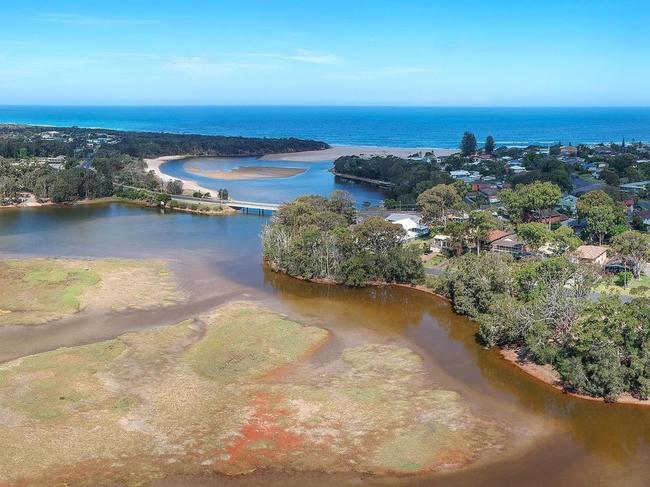
“Sadly, there is no good news for the lake in the immediate future,” she said.
“The recent opening of the lake has activated the acid sulphate soils to such a degree that it is now present in Lake Cathie lagoon which is east of Ocean Drive Bridge.
“All short term solutions were discussed to address the lake‘s problems for the upcoming summer, however all Stakeholders were advised from Southern Cross University (SCU) professors that all short term actions only make the condition worse as seen in Council’s recent failed scraping of the Berm.
“This has activated tidal flows into Lake Innes, pulling the acid sulphate soil contamination from Lake Innes and Lake Cathie (south of Kenwood Drive Bridge) towards lake’s entrance.
“This has decimated everything in its wake, marine life, organisms, breeding cycles.”
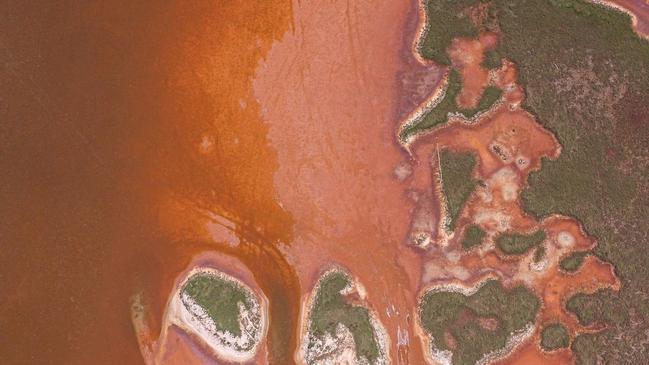
Ms Maltman said she and others will now be forced to accept that the only real solution is the long-term Coastal Management Plan being led by Port Macquarie-Hastings Council.
“The two-to-three year vision of investigating, planning, implementing and delivery of the long-term sustainability for Lake Cathie and Lake Innes is difficult to accept, but the only choice in delivery of a holistic and sustainable approach,” she said.
“The community is informed the lake will not improve its current condition until a holistic plan is implemented through the Port Macquarie-Hastings Council CMP, which cannot begin until a scoping study is complete and signed off by Port Macquarie-Hastings Councillors and approved from DPIE.”
A Council spokesman said swimming in the lake was not advised.
“Whilst the water quality remains low, Council advises against swimming in Lake Cathie,” he said.
“Whether swimming occurs during the school holidays is very much up to the individual.”
Last week, The Mid-North Coast News brought to the attention of the community the latest water testing results by Revive Lake Cathie marine biologist, Dr Deb Geronimi, who said the lake could have been saved had it been opened to the ocean well before the drought affected the water levels.
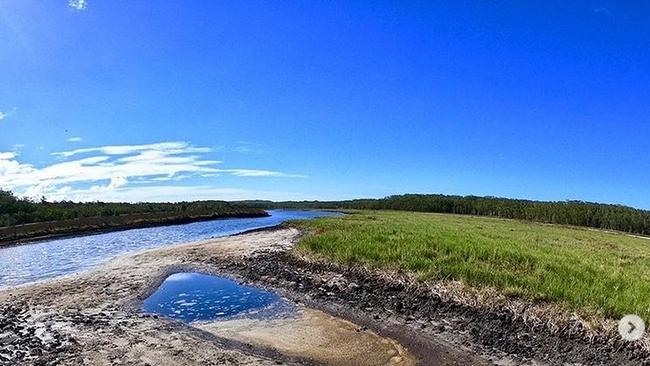
“It is an ecological disaster that could have been prevented by opening the lake before the drought,” Dr Geronimi said.
“The drought in 2019 caused the water levels to drop, it became hypersaline and the sediments were exposed to the air.
“This exposure to the air activated the acid sulphate sediments and once it rained, these acid sulphate sediments released sulphuric acid into the water, dropping the PH.
“The Iron also precipitated out of the sediments as the sulphates were released. The rain events then diluted the sea water causing it to become freshwater – which shocked all of the marine organisms when the lake was closed and a massive die off of aquatic life occurred.
“This constant opening and closing of the lake is not good for the ecology and the organisms that live within and surrounding the lake system.”
The Council’s CMP will look at Lake Cathie/Lake Innes and Bonny Hills Estuary & Coastline, incorporating the open coastline from the 4x4 access track adjacent to Dirah Street, Lake Cathie to the southern side of Grants Head at Bonny Hills.
It will set the long-term strategy for the co-ordinated management of the coastal zone.
Council is currently at stage one of the CMP, the scoping study, with three other milestones to occur thereafter. The CMP is likely to take between two-three years to develop.
More information relating the CMP is available at https://haveyoursay.pmhc.nsw.gov.au/draft-coastal-management-program-scoping-study




